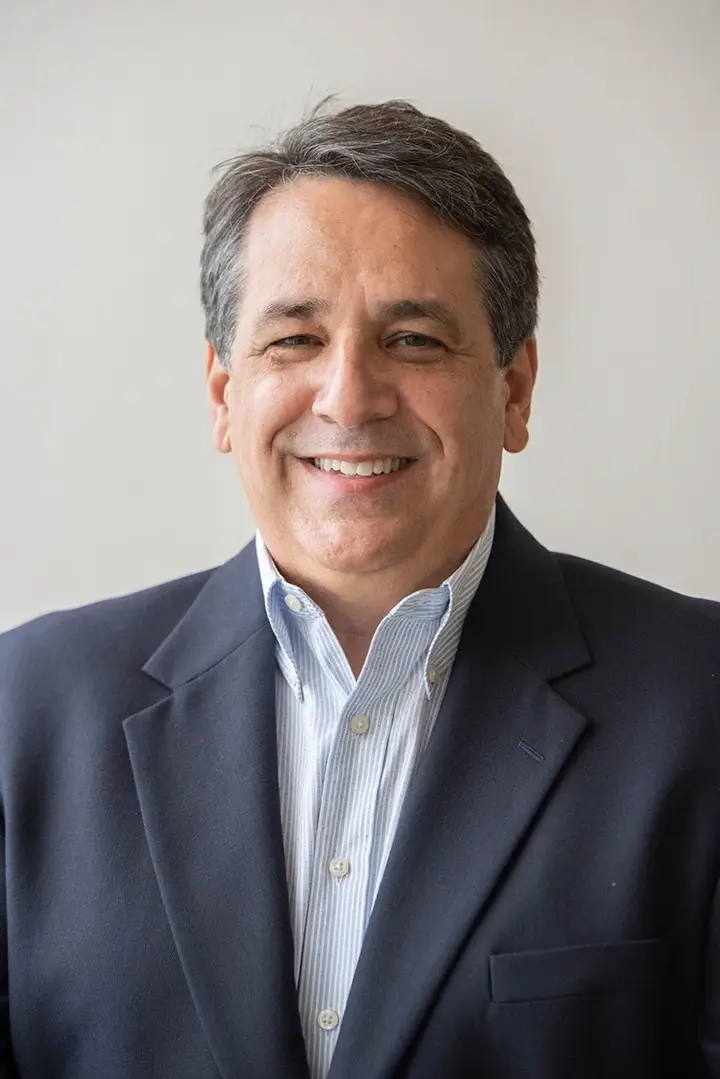Does your baby’s umbilical cord hold a miracle?
Through brochures and advertisements purposefully positioned in doctor’s offices and pregnancy magazines, the aforementioned question is delivered to expectant parents every single day.
The ad states that your child can wait for science to develop cure-alls using the cord blood stem cells to treat a host of illnesses including Alzheimer’s disease, diabetes, and even spinal injuries. The fee is up front and usually about $2000 with a $125 fee every year thereafter. The company will freeze and store the stem cells extracted from your baby’s umbilical cord.
A simple idea. Pay for possibility.
Depending on whom you ask, these private cord-blood banks are either capitalizing on the buying power of nervous parents or selling an almost priceless form of medical insurance.
You have to understand what stem cells do before you can understand the marketing behind the miracle.
Stem cells, the blank slates of the cell world. They’re the cells that, as a human embryo becomes a baby, transform into the cells that form the brain, nerves and other parts of the body.
Some – known as adult stem cells – go partway toward making a particular organ but remain undeveloped. The body naturally uses these cells to repair damaged or diseased tissue in that organ.
Stem cell infusions from stored cord blood someday could encourage that same process as a medical treatment, or at least that is the idea cord-blood banking companies pitch.
Viable medical uses for stem cells already exist. Since 1988, cord-blood stem cells – usually from a sibling or unrelated donor – have been used to treat patients with rare blood disorders and cancers, such as sickle cell anemia and leukemia. Comparable to bone marrow transplants for cancer patients the stem cell procedure is less difficult due to the fact that a matching donor is easier to find. Stem cells are also less likely to be rejected and the treatment process is also less painful.
More than 600 Americans a year receive cord-blood infusions, frequently from unrelated families who donated their babies’ cord blood to public banks.
With the probability of a baby or a sibling (who has a 25 percent chance of being a viable match) becoming sick, an industry grew around parents’ banking their own babies’ cord blood as new treatments utilizing stem cells developed.
Stem cells have become a hot topic thanks to scientific advances and the political and religious debate surrounding discarded embryos. The stem cell craze of the 21st century has started.
Two years ago California voters approved Proposition 71 to fund stem cell research. Last year, President Bush approved a $79 million national databank for public stores of cord blood so patients can seek out matching donors.
Regulated by the FDA, the uproar launched the fledgling industry of private cord-blood banks.
“The marketplace changed. The value increased because stem cells were seen as a resource for emerging therapies,” said Stephen, 43, executive vice president of San Bruno, Calif.-based Cord Blood Registry, one of the largest private banks.
Some European countries have banned private storage of cord blood in favor of nonprofit banks for public use. The American Academy of Pediatrics does not recommend private banking.
But banking in the U.S. is big business. More than $600 million have been paid by expectant parents to the three largest banks. They have stored the cord blood of more than 300,000 babies.
Competition has cord-blood storage companies suing each other over which has the best technology and which stores the most blood. Several of the two dozen banks have “feeder” Web sites that lead you to their business sites.
So far, it’s estimated that fewer than 100 withdrawals of privately stored cord blood have been made in the U.S., most for siblings with leukemia. But the near future may prove that this is one insurance policy that will not go to waste and may quite possibly be the most valuable insurance one can buy. This will prompt the rise of many more withdrawls for theraputic use and consequently many more people will choose to bank their blood.
“It’s peace of mind knowing it’s there just in case,” Stephen said.

